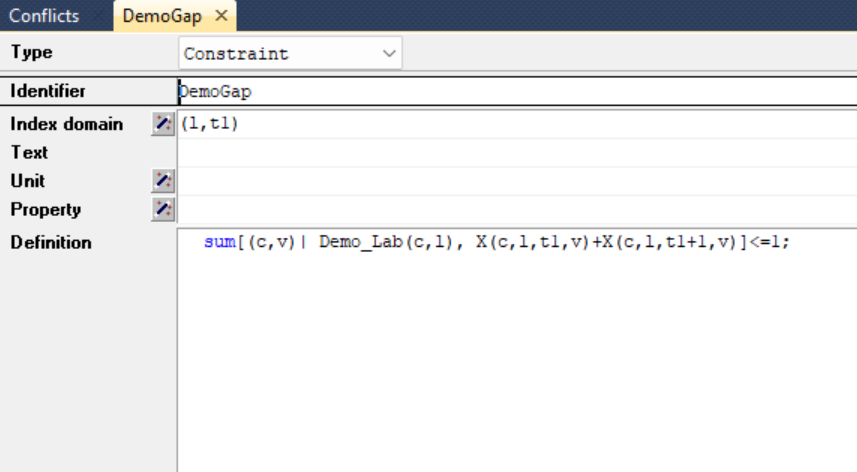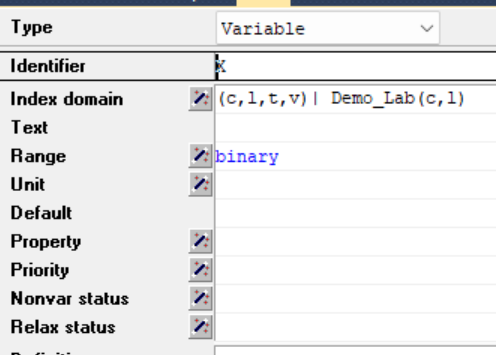

So, I have question. What’s the differences between these two type of declaration? and what is the condition to use each of it. Can someone explain to me?


So, I have question. What’s the differences between these two type of declaration? and what is the condition to use each of it. Can someone explain to me?
Already have an account? Login
Please use your business or academic e-mail address to register
No account yet? Create an account
Enter your E-mail address. We'll send you an e-mail with instructions to reset your password.
Didn't find what you were looking for? Try searching on our documentation pages: